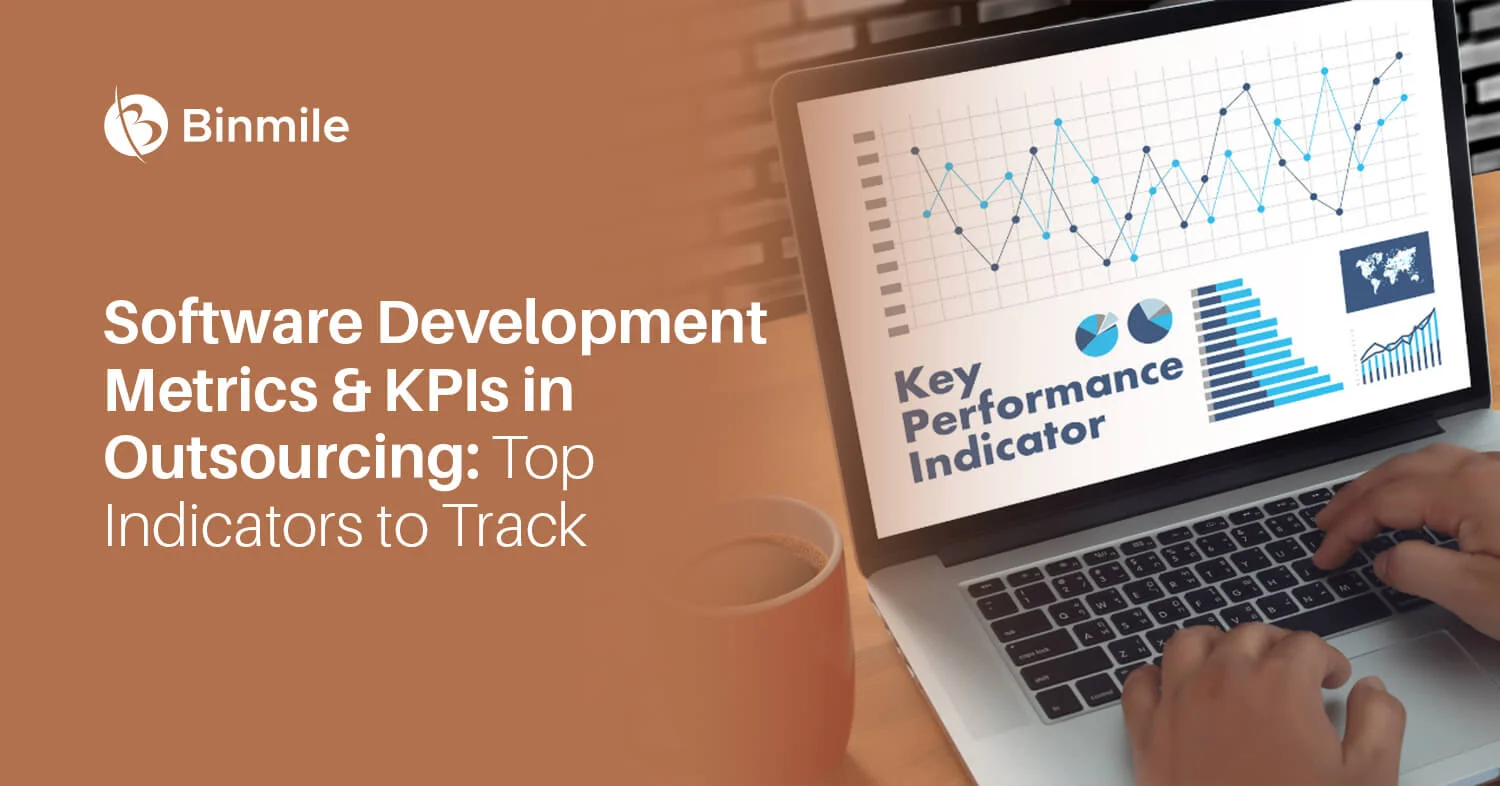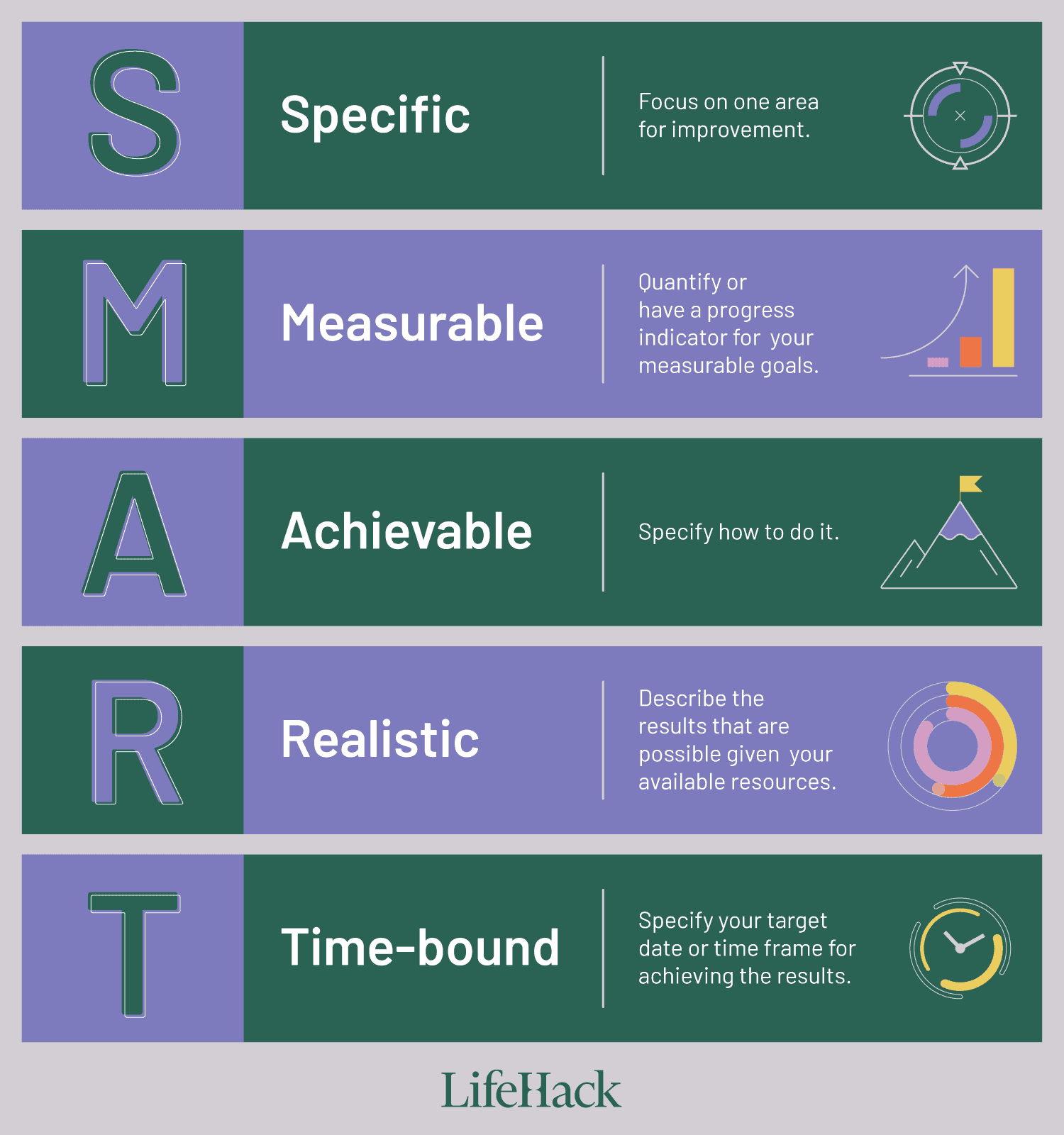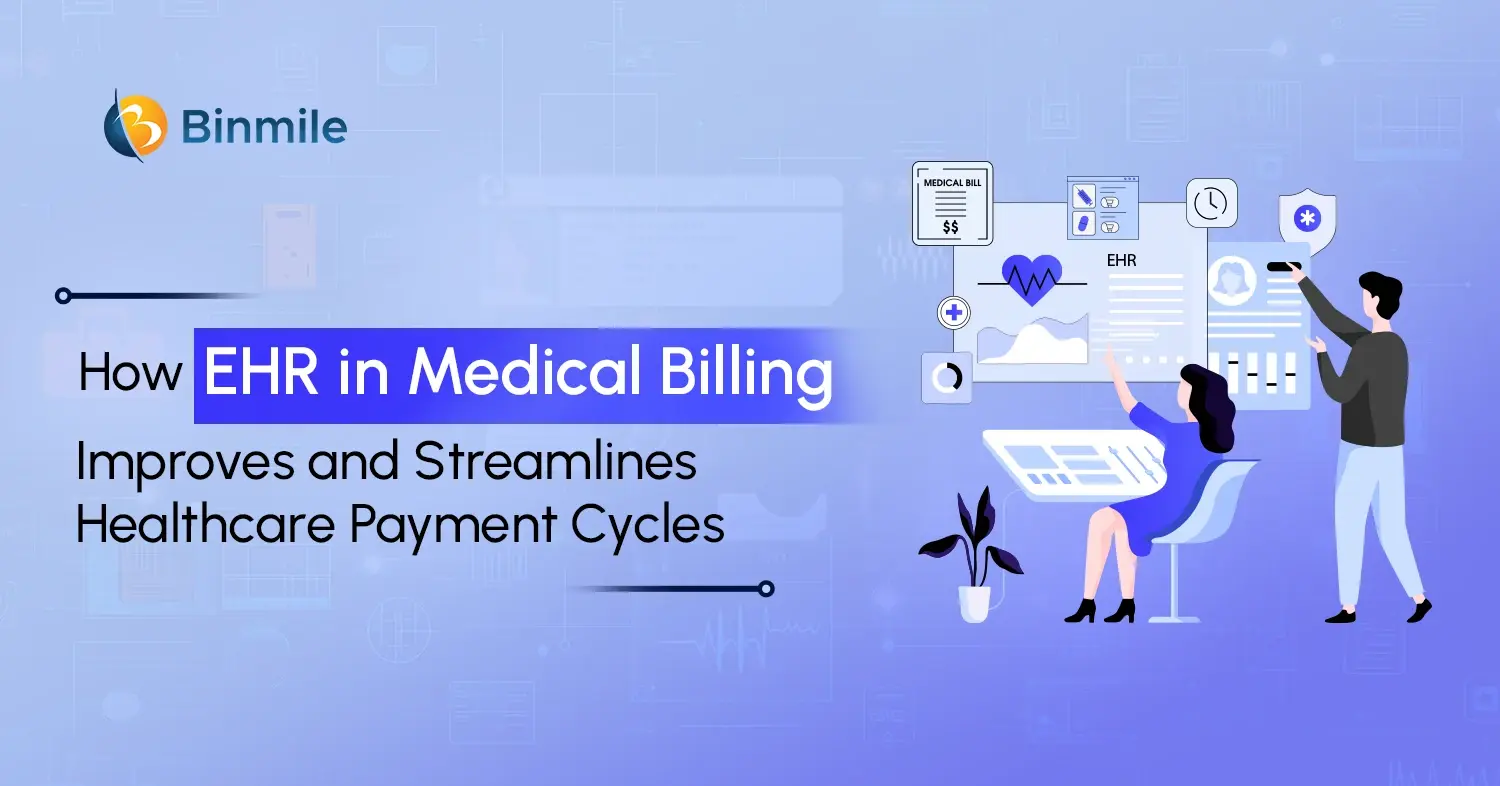- benefits of software development KPIs
- Benefits of Tracking software development Metrics
- improvement in software development outsourcing
- Key Metrics for Software Development Outsourcing
- KPIs for Software Development Outsourcing
- outsource software development KPIs
- outsource software development metrics
- significance of software development metrics
- software development outsourcing processes
- Strategies in Outsourcing IT Services
Outsourcing in software development has become an increasingly popular practice in the modern business landscape. It involves delegating software development tasks to external service providers rather than handling them in-house. This approach allows companies to leverage the expertise and resources of specialized teams while focusing on core business operations.
However, to ensure the success of outsourcing IT services, it is essential to measure performance accurately. This is where software development metrics and software development KPIs come into play. By establishing quantifiable targets and monitoring progress, businesses and entrepreneurs can effectively assess the performance of their outsourcing partners and drive continuous improvement.
In this blog post, we will delve into the significance of measuring performance with metrics and KPIs in the context of software development outsourcing.
Benefits of Tracking Software Development Metrics and KPIs in Outsourcing IT Services
- Transparency: Tracking metrics and KPIs in outsourcing relationships promotes transparency between the client company and the outsourcing partner. By defining and monitoring specific metrics, both parties have a clear understanding of the progress, performance, and quality of the activities of outsourced software development companies. However, this transparency fosters effective communication, reduces misunderstandings, and ensures alignment of expectations.
- Accountability: Metrics and KPIs establish a framework for accountability in outsourcing engagements. When both the client and the outsourcing partner have agreed upon measurable targets, it becomes easier to hold each other accountable for meeting those targets. Moreover, the outsourcing partner becomes responsible for delivering the expected results, and the client can monitor and evaluate their performance based on the agreed-upon metrics.
- Performance Evaluation: Metrics and KPIs provide a quantitative basis for evaluating the performance of the outsourcing partner. By tracking relevant metrics such as project timelines, quality of deliverables, cost-effectiveness, and customer satisfaction, the client can objectively assess the outsourcing partner’s performance. Moreover, this evaluation allows for identifying areas of improvement, addressing any performance gaps, and making informed decisions regarding the continuation or modification of the outsourcing relationship.
- Continuous Improvement: Metrics and KPIs serve as benchmarks for driving continuous improvement in outsourcing relationships. Regularly monitoring and analyzing performance metrics enable both parties to identify trends, patterns, and potential issues. Furthermore, by leveraging this data, the client and the outsourcing partner can collaborate to implement corrective actions, refine processes, and optimize the overall performance of the software development outsourcing engagement.
- Cost Optimization: Metrics and KPIs can contribute to cost optimization in outsourcing relationships. By tracking metrics related to project costs, resource utilization, and efficiency, the client can identify opportunities for optimizing expenses and maximizing the value derived from the outsourcing partnership. This data-driven approach enables informed decision-making regarding resource allocation, budgeting, and cost-saving initiatives.
By incorporating metrics and KPIs into outsourcing relationships, companies can establish a structured framework that fosters transparency, accountability, performance evaluation, and continuous improvement. Subsequently, these benefits contribute to the overall success and effectiveness of software development outsourcing initiatives.
Also Read: Outsourced Product Development with AI
Key Software Development Metrics for Outsourcing
- Project Completion Time: Project completion time measures the duration taken to complete software development projects. It provides insights into the efficiency and timeliness of the outsourcing partner’s work. Tracking this metric helps assess if deadlines are being met and if the project is progressing according to the planned schedule. A delay in project completion time can impact product launches, time-to-market, and overall business operations.
- Budget Adherence: Budget adherence tracks the extent to which the outsourcing partner adheres to the allocated project budget. It helps evaluate the partner’s cost management capabilities and their ability to deliver within the agreed-upon financial framework. As a key KPI for outsourcing management, budget adherence ensures that the outsourcing engagement remains financially viable. Henceforth, this helps identify cost overruns or potential cost-saving opportunities.
- Defect Density: Defect density measures the number of defects identified in the software development process per unit of code or functionality. It indicates the quality of deliverables produced by the outsourcing partner. A high defect density suggests a lower quality output, which can lead to increased maintenance efforts and customer dissatisfaction. By tracking and reducing defect density, the outsourcing partner can demonstrate their commitment to delivering high-quality software.
- Customer Satisfaction: Customer satisfaction measures the level of satisfaction and happiness of end-users or clients with the outsourced software development deliverables. It is typically obtained through surveys, feedback mechanisms, or customer reviews. Tracking customer experience helps evaluate the effectiveness of the outsourcing partner in meeting client expectations, delivering user-friendly solutions, and providing a positive user experience. A high customer satisfaction rating indicates a successful outsourcing partnership and the delivery of valuable software solutions.
- Response Time: Response time measures the time taken by the outsourcing partner to respond to queries, issues, or support requests from the client. It reflects the partner’s responsiveness and agility in addressing client concerns. A quick and efficient response time enhances collaboration, improves problem resolution, and strengthens the client’s confidence in the outsourcing partner’s capabilities.
- Resource Utilization: Resource utilization evaluates the efficiency with which resources (such as developers, testers, or infrastructure) are utilized by the outsourcing partner. It measures how effectively resources are allocated, utilized, and managed throughout the software development lifecycle. Tracking resource utilization helps identify any inefficiencies, bottlenecks, or underutilization, allowing for better resource planning and optimization.
Each of these metrics contributes to measuring the success of software development outsourcing engagements. They provide quantitative data to assess project performance, quality, customer satisfaction, cost-effectiveness, and overall efficiency. By monitoring these key metrics, companies can gain actionable insights, make data-driven decisions, and drive continuous improvement in their outsourcing relationships.
Know the Difference: In-house Vs Outsource Software Development
Software Development KPIs for Outsourcing
When it comes to software development outsourcing, choosing the right KPIs is essential for gaining actionable insights and aligning with business objectives. Let’s explore some examples of relevant KPIs:
- Velocity: Velocity measures the rate at which the development team completes user stories or tasks during a sprint. It provides valuable insights into the team’s productivity and capacity for delivering work. By tracking velocity, businesses can monitor the team’s progress, identify potential roadblocks, and make informed decisions about resource allocation and project planning.
- Sprint burnout: Sprint burnout measures the number of sprints where the development team faces excessive pressure or fails to meet the defined goals. It indicates the team’s workload and the risk of overcommitment. By tracking sprint burnout, businesses can identify potential issues early on, promote a sustainable pace of work, and foster a healthier and more productive environment for the development team.

Source: unichrone.com - Release burnout: Release burnout assesses the number of software releases or deployments that encounter significant challenges or require excessive rework. It reflects the effectiveness of release management and the stability of the delivered software. By monitoring release burnout, organizations can pinpoint areas for improvement in release planning, testing, and quality control processes. Consequently, this ensures smoother and more successful software deployments.
- Throughput: Throughput measures the quantity of completed user stories, features, or tasks delivered by the development team within a specific timeframe. It offers insights into the team’s efficiency and their ability to deliver value. Tracking throughput allows businesses to assess productivity trends, identify potential bottlenecks, and optimize resource allocation to maximize the delivery of valuable software.
- Cycle time: Cycle time measures the duration it takes to complete a single user story or feature from start to finish. It reflects the speed and efficiency of the development process. By monitoring cycle time, organizations can identify areas of improvement, streamline workflows, and reduce delays, ultimately enhancing productivity and accelerating the software development cycle.
- Lead time: Lead time measures the elapsed time from when a user story or feature is requested until it is delivered to the client or end-users. It reflects the overall responsiveness and agility of the development team. By tracking lead time, businesses can gain insights into the efficiency of the development process, identify opportunities for optimization, and further ensure timely delivery of software solutions.
- Work-in-progress/process (WIP): WIP measures the number of user stories, features, or tasks that are currently in progress at any given time. It helps manage workloads, identify bottlenecks, and maintain a balanced distribution of tasks within the team. Moreover, monitoring WIP enables businesses to optimize workflow, manage capacity effectively, and maintain a steady and productive development pace.
- Flow efficiency: Flow efficiency measures the percentage of time spent on value-adding activities during the software development process. It identifies wasteful activities and bottlenecks that hinder productivity and delivery speed. By monitoring flow efficiency, organizations will not only identify areas of improvement, streamline processes, and reduce time waste, but also enhance the overall flow and efficiency of the development cycle.
It’s crucial to choose relevant KPIs based on the specific project and organizational goals. Different projects and organizations may prioritize different aspects, such as speed, cost optimization, or quality focus. By aligning KPIs with these goals, businesses can effectively measure and monitor progress, make data-driven decisions, and drive continuous improvement in their software development outsourcing relationships.
Also Read: Efficient Custom App Development Process
Setting Targets and Benchmarks
Establishing realistic targets and benchmarks for metrics and KPIs is crucial for measuring performance accurately and driving continuous improvement in software development outsourcing. Here’s a guide on how to set effective targets and benchmarks:
- Understand Project and Organizational Goals: Start by understanding the specific goals and objectives of the project and the overall organizational goals. Consider factors such as time-to-market, cost optimization, quality improvement, or customer satisfaction. Align the targets and benchmarks with these goals to ensure they reflect the desired outcomes.
- Analyze Baselines and Historical Data: Baselines and historical data provide valuable insights into past performance. Analyze relevant metrics and KPIs from previous projects or outsourcing engagements to establish a starting point. However, This data helps identify trends, patterns, and areas for improvement. It serves as a reference point to set realistic targets that are attainable and measurable.
- Consider Industry Standards and Best Practices: Research industry standards and best practices to gain a broader perspective on what constitutes acceptable performance levels. Also, compare your metrics and KPIs with industry benchmarks to set targets that align with or surpass the industry norms. Consequently, this ensures that your outsourcing efforts are competitive and in line with industry expectations.
- Involve Stakeholders: Collaborate with stakeholders, including the outsourcing partner, clients, and internal teams, to gather their input and insights. Understand their expectations, requirements, and pain points. By involving stakeholders in the target-setting process, you ensure that the targets and benchmarks are realistic, meaningful, and reflective of the collective goals and aspirations.
- Break Down Targets and Define Milestones: Break down the overall targets into smaller, manageable milestones or checkpoints. This helps track progress and make adjustments as needed. Set specific targets for each metric or KPI, taking into account the desired level of improvement and the project’s timeline. Ensure that the milestones are achievable within the given constraints.
- Track Progress and Adapt: Continuously monitor and track the performance against the established targets and benchmarks. Use real-time data and regular reporting to assess progress and identify any deviations or areas requiring attention. Regularly review and update the targets based on actual performance and changing project dynamics to ensure they remain relevant and realistic.
Setting effective targets and benchmarks relies on baselines and historical data to establish a starting point and understand performance trends. It provides a benchmark against which progress can be measured. By leveraging historical data, organizations can set targets that are challenging yet attainable, avoiding setting unrealistic or unachievable goals. This data-driven approach enables informed decision-making, facilitates performance improvements, and contributes to the overall success of software development outsourcing efforts.
Read More: React Native Outsourcing Development Guide
Tracking and Reporting
Implementing an effective tracking and reporting system is crucial for software development outsourcing. Here are some recommendations to ensure accurate data collection and analysis:
- Define Clear Metrics and KPIs: Start by clearly defining the metrics and KPIs that align with project and organizational goals. In addition, ensure they are specific, measurable, attainable, relevant, and time-bound (SMART). This clarity enables consistent tracking and reporting of relevant data.
- Select Suitable Tools and Software: There are numerous tools and software available to facilitate data collection, analysis, and reporting. Choose tools that align with your specific requirements. Some popular options include Jira, Trello, Asana, Azure Cloud Services, DevOps, and GitHub. Subsequently, these tools provide features such as task management, progress tracking, and reporting capabilities to streamline the tracking process.
- Automate Data Collection: Manual data collection can be time-consuming and prone to errors. Automate data collection wherever possible to not only ensure accuracy but also efficiency. Integration between project management tools, version control systems, and testing tools can automate data collection, making it easier to track metrics and KPIs in real time.
- Regularly Monitor and Update Data: Set up a system to regularly monitor and update the collected data. This allows for the timely identification of any deviations, trends, or issues that require attention. Moreover, stay consistent with data entry and ensure that data is up-to-date, accurate, and complete for meaningful analysis and reporting.
- Utilize Data Visualization Techniques: Visualize the collected data to make it more understandable and meaningful. Use charts, graphs, dashboards, and other visual representations to communicate trends, progress, and performance effectively. However, tools like Tableau, Power BI, or Google Data Studio can assist in creating visually appealing and insightful reports.
- Establish a Reporting Cadence: Determine the frequency and format of reporting to stakeholders. Create a reporting cadence that suits the needs of your project and stakeholders. Regular reporting provides transparency, enables informed decision-making, and fosters collaboration and accountability.
- Continuously Improve the System: Periodically evaluate the tracking and reporting system for effectiveness and make necessary improvements. Solicit feedback from stakeholders and teams involved in the outsourcing process to identify areas for enhancement. Regularly revisit the metrics and KPIs to ensure they remain relevant and aligned with project and organizational goals.
Implementing an effective tracking and reporting system requires several key steps. Firstly, organizations must select suitable tools for the task. Secondly, they need to automate data collection to ensure accuracy and efficiency. Additionally, regular monitoring and updating of data are essential for staying informed about performance.
Furthermore, data visualization plays a crucial role in making information understandable and actionable. Lastly, establishing a well-defined reporting cadence ensures consistent and timely communication. By following these recommendations, organizations can gain valuable insights from the collected data and make data-driven decisions to optimize their software development outsourcing processes.
Know More: Cost-Efficient Software Testing Outsourcing
Leverage Outsource Software Development Metrics and KPIs: Best Practices
To maximize the value of software development metrics and software development KPIs in outsourcing, consider the following practical tips:
- Define Clear Objectives: Clearly define the objectives and expected outcomes of the outsourcing engagement. Align the metrics and KPIs with these objectives to ensure they reflect the desired results. For example, if the goal is to improve time-to-market, focus on metrics like cycle time and lead time.
- Choose a Balanced Set of Metrics: Select a balanced set of metrics and KPIs that cover different aspects of the outsourcing process. Subsequently, consider metrics related to time, cost, quality, productivity, customer satisfaction, and team performance. A holistic approach ensures a comprehensive view of the outsourcing performance.
- Continuously Monitor and Analyze: Regularly monitor and analyze the collected data to gain insights into performance trends and areas for improvement. Identify patterns, bottlenecks, or potential risks. Use this information to adapt strategies, make informed decisions, and take proactive measures to enhance outsourcing outcomes.
- Foster Collaboration and Accountability: Encourage collaboration and accountability between the outsourcing partner and the internal teams. Share the metrics and KPIs with all stakeholders and ensure they have access to the necessary data and reporting. Henceforth, this transparency will foster a shared understanding and encourage collective responsibility for achieving the desired outcomes.
- Embrace Continuous Improvement: Emphasize the importance of continuous improvement throughout the outsourcing engagement. Regularly review and refine the metrics and KPIs based on insights and changing project dynamics. Also, encourage feedback, identify areas for optimization, and implement corrective actions to drive progress.
- Leverage Benchmarking and Best Practices: Benchmark the outsourcing performance against industry standards and best practices. Identify areas where your outsourcing efforts excel and areas that require improvement. Furthermore, learn from successful case studies and industry leaders to implement effective strategies and drive better outcomes.
Real-World Examples – The Best Analysis
- Company A outsourced its software development to an offshore team. By tracking metrics like velocity and defect density, they were able to identify bottlenecks in their development process. This further led to process improvements, such as implementing code review practices and conducting regular knowledge-sharing sessions. As a result, the team’s productivity increased by 20% and the defect density was reduced by 15%.
- Company B adopted KPIs centered on customer satisfaction and on-time delivery for their outsourcing project. Through regular feedback surveys and performance reviews, they diligently identified areas for improvement and collaborated closely with the outsourcing partner to address customer concerns. As a result, there was a notable increase in customer satisfaction ratings, and the on-time project delivery improved by 10%. This success can be attributed to the company’s proactive approach and its commitment to continuously enhancing its outsourcing operations.
Tracking metrics and KPIs in outsourcing yields valuable insights into project performance, facilitating proactive decision-making. By implementing best practices, organizations can drive continuous improvement, adapt strategies based on insights, and ultimately achieve better outsourcing outcomes. Additionally, by leveraging data-driven approaches, companies can identify trends, pinpoint areas for enhancement, and optimize their outsourcing partnerships for sustained success.
Related Blog: Develop an Observability Strategy For Resilient Systems
Challenges and Mitigation Strategies in Outsourcing IT Services
Measuring performance in software development outsourcing can come with certain challenges. Here are some common challenges and strategies to overcome them:
- Lack of Data Accuracy: Inaccurate or incomplete data can hinder effective measurement. To mitigate this, establish clear data collection processes, automate data collection where possible, and ensure data accuracy through regular monitoring and validation.
- Communication and Coordination Issues: Communication gaps between the outsourcing partner and internal teams can lead to misunderstandings and discrepancies in measuring performance. Simultaneously, eliminating the gaps fosters open and frequent communication, establishes clear channels for collaboration, and ensures alignment on software development metrics and software development KPIs to enhance coordination.
- Cultural and Language Differences: When outsourcing to a different country, cultural and language barriers can impact performance measurement. Invest in cross-cultural training, encourage open dialogue, and provide language support to ensure effective communication and understanding.
- Varying Tools and Processes: Differences in tools and processes used by the outsourcing partner and internal teams can create challenges in aligning and consolidating metrics. Establish a common set of tools or integrate systems where feasible to streamline data collection and reporting.
- Shifting Project Requirements: Changing project requirements can make it difficult to establish consistent metrics and benchmarks. Embrace agile and flexible approaches that allow for adaptation and evolution of metrics based on changing project dynamics. Regularly reassess and adjust metrics to ensure relevance and alignment.
Also Read: Build Internal Tools with Low-Code
The Bottom Line
We have underscored the significance of software development metrics and software development KPIs one needs to check while outsourcing IT Services. Moreover, by implementing these practices, businesses, and entrepreneurs can effectively enhance the outcomes of their outsourcing endeavors. Custom software development plays a crucial role in this process, as it allows businesses to tailor solutions to their specific needs while maintaining control over key performance indicators.
Software development metrics provide critical insights into project performance, enabling vigilant monitoring and informed decision-making. Additionally, KPIs facilitate clear goal-setting and evaluation of the outsourced team’s performance against predetermined targets.
By leveraging these software development metrics and software development KPIs, organizations can foster transparency, accountability, and efficiency in their software product development services. Nonetheless, it is strongly advised that readers embrace these practices to optimize their outsourcing outcomes.
Frequently Asked Questions
Software development performance metrics are key indicators used to measure the efficiency, effectiveness, and quality of the software development process. These metrics help software development teams evaluate their performance, identify areas for improvement, and track progress towards organizational goals.
IT outsourcing KPIs, or Key Performance Indicators, are metrics used to evaluate the performance and effectiveness of IT outsourcing engagements. These KPIs help measure various aspects of outsourcing relationships, such as service quality, vendor performance, and alignment with business objectives.
Some essential metrics include:
- Code Quality Metrics (e.g., defect density, code churn)
- Productivity Metrics (e.g., velocity, cycle time)
- Project Timelines (e.g., on-time delivery rate)
- Cost Efficiency (e.g., cost per feature, budget variance)
- Customer Satisfaction (e.g., Net Promoter Score, user feedback
Success can be measured using a combination of metrics such as:
- On-time delivery rate – Percentage of projects completed on schedule
- Budget adherence – Difference between estimated and actual costs
- Customer feedback – Satisfaction scores and reviews










